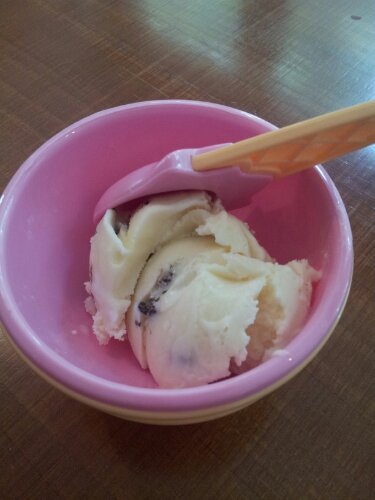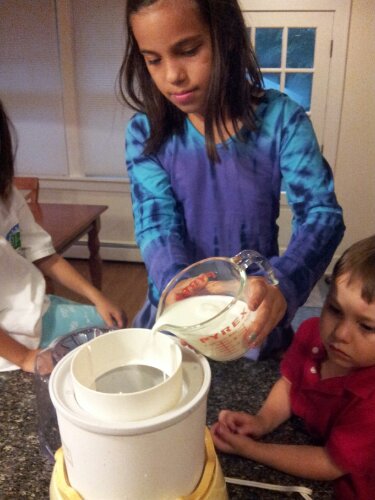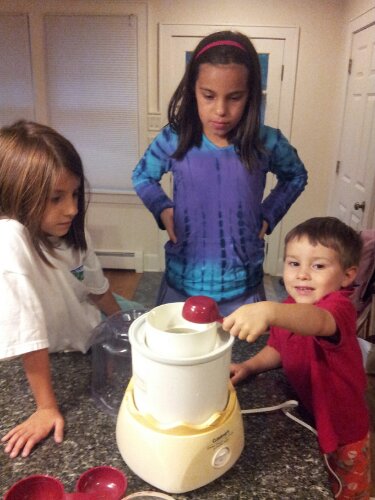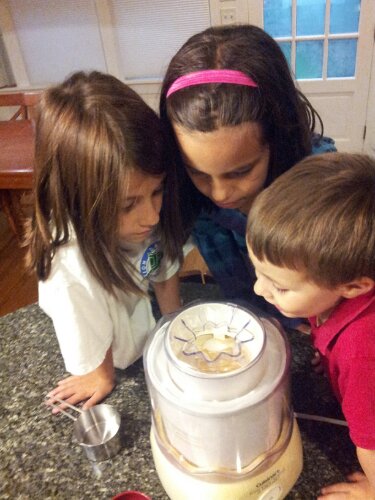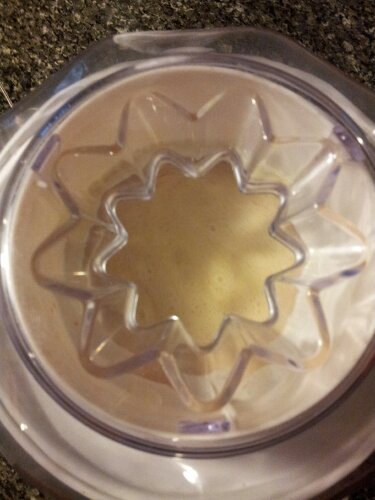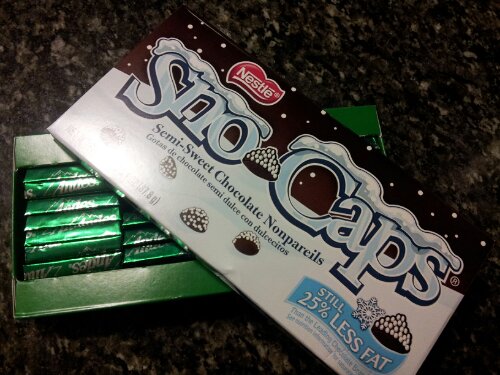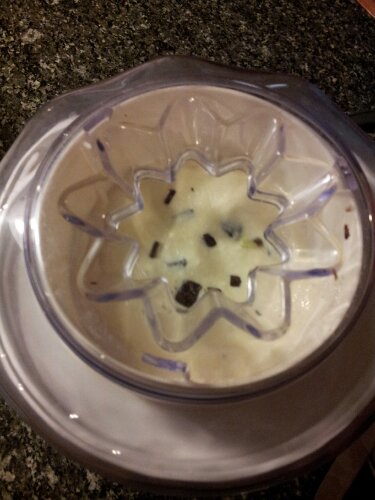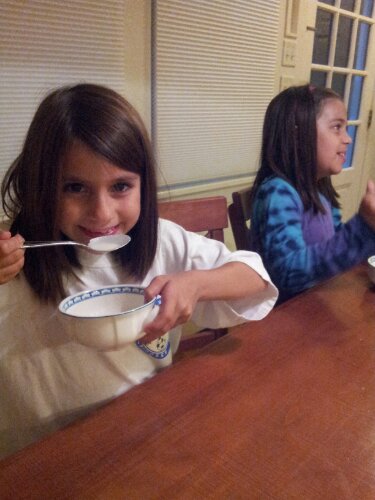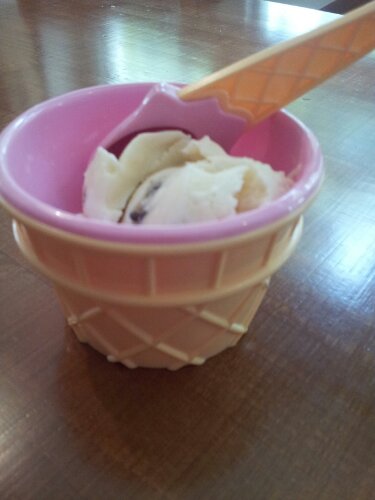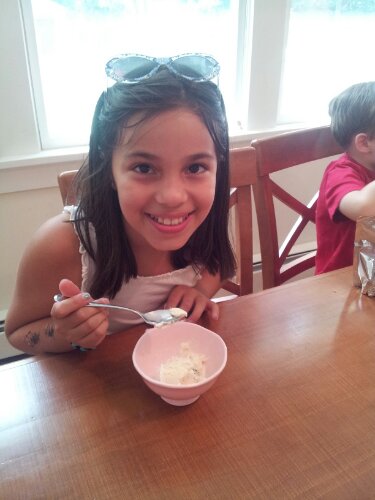For our cooking project this week we know we will have to come up with something frozen. It’s Antarctica after all! So ice cream is the obvious choice and the kids excited to think up a flavor that will reflect the South Pole’s arctic climate. We are also happy to read that ice cream is the perfect choice because it is a favorite treat among the scientists that are stationed in Antarctica, according to the book Continents: Antarctica. Visitors to Antarctica burn a tremendous amount of calories (up to 6000 on average) because their bodies are burning additional calories to stay warm while they work outside. Divers burn even more calories because they are swimming in near freezing water. As a result, scientists consume quite a bit more calories in Antarctica then they would back home, and ice cream is one of the most popular choices when they are back at the research station. Chocolate bars are the meal of choice when they are out on the ice!
We decide to call our ice cream Snow Cap Crunch.Vanilla ice cream with Sno Caps and Andes Candies for that arctic chill. Here’s how we make it:
First we freeze the canister for the ice cream maker over night. We make sure that all of our ingredients are cold and ready to combine.
Add 1-1/2 cups of whole milk, 1-1/8 cups of granulated sugar, 3 cups of heavy cream and 1-1/2 tablespoons of pure vanilla extract to the ice cream maker.
Turn it on and watch it start to mix up the ingredients.
Set the timer for 30 minutes. This is what it looks like a few minutes in…
While it’s mixing get the candy ready…
We sample the Sno Caps. Yum!
And dice up the Andes Candies. We think HZ is going to be a chef one day because he can chop like a pro!
Toss the toppings into the ice cream while it churns (and after at least 30 minutes).
This is what it looks like about 35 minutes in…
Ready for a quick sample! The rest will need to go into a container to freeze overnight.
And here’s what it looks like the next day:
Yum!!! The kids wish they could be scientists on Antarctica and eat ice cream every day too!

